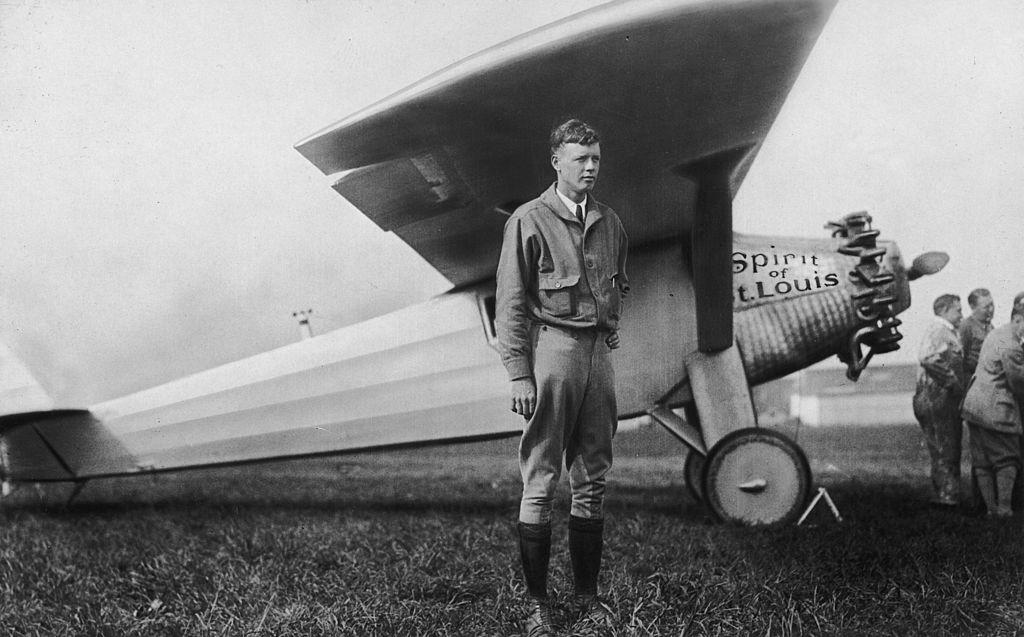On any average day this year, approximately 1,800 flights will cross the North Atlantic Ocean. Back and forth the aircraft fly, carrying passengers, cargo, and military personnel.
A hundred years ago, that sky was empty of everything but clouds and birds. Though a few other aviators had flown across that ocean between Europe and North America—some had died in the attempt—Charles Lindbergh (1902–1974) boarded the Spirit of St. Louis in New York City on May 20, 1927 and landed less than 34 hours later in Paris. He completed the first solo, nonstop flight across the Atlantic. That achievement brought both him and the possibilities of long-distance air travel worldwide acclaim. The 25-year-old American was praised almost as much for his modesty as his daring.






